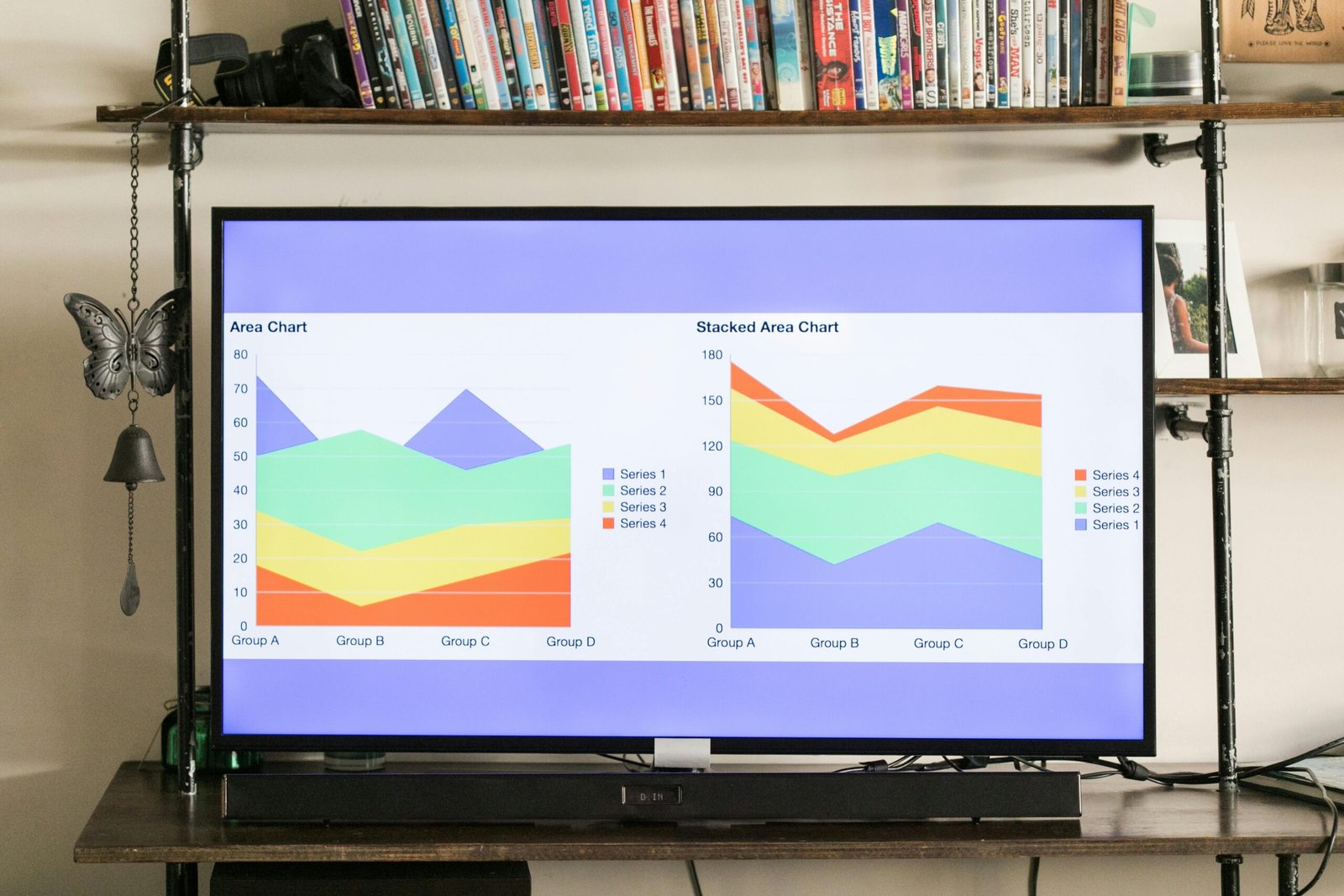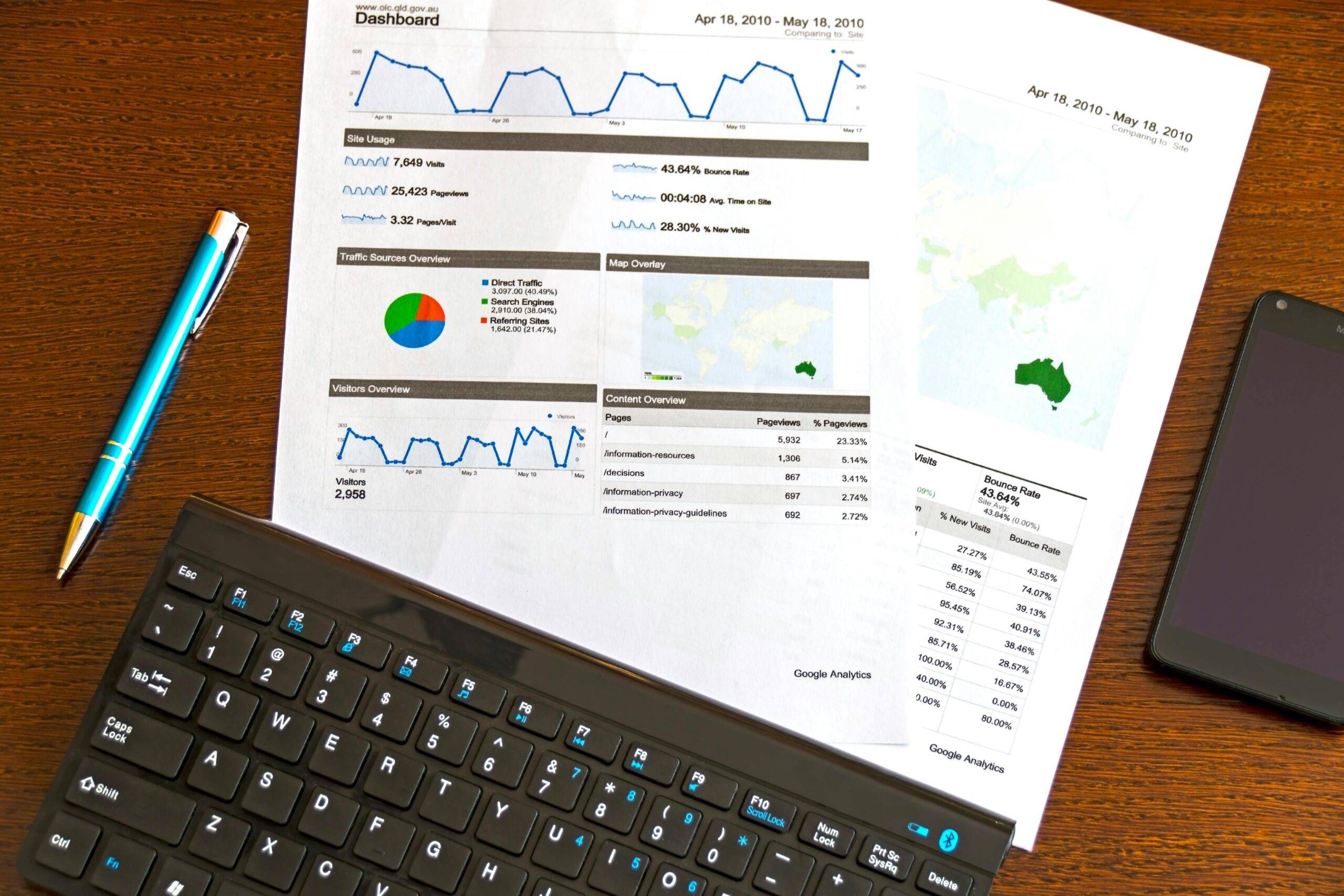Ever wondered why your streaming analytics feel incomplete or unreliable? You’re not alone. Streaming platforms rely on data for growth, but without proper Third-Party Tool Compatibility, you might be working with broken reports and frustrating blind spots.
In this post, we’ll explore how third-party tools can level up your streaming analytics game. From identifying pain points to actionable steps, tips, and real-world examples—consider this your guide to making sense of the chaos. Here’s what’s coming up:
- Key Takeaways
- The Problem with Streaming Analytics Today
- Step-by-Step Guide to Tool Selection
- Best Practices for Seamless Integration
- Real-Life Examples & Case Studies
- Frequently Asked Questions
Key Takeaways
- Third-party tools expand your streaming analytics capabilities beyond native platform limits.
- Poor compatibility creates gaps in reporting and user behavior insights.
- Choosing tools with APIs and robust integrations is non-negotiable.
- Examples from top brands show measurable ROI when using compatible tools.
Why Are Streaming Analytics So Messy Without Third-Party Tools?
I’ll never forget my team launching a live concert stream—only to realize mid-broadcast that our audience retention rates were way off. Turns out, our default analytics couldn’t track cross-device views properly. Embarrassing much? Yep.
This happens all the time. Native analytics often lack depth. They don’t account for nuanced metrics like ad engagement across devices, churn prediction, or geo-specific trends. And let’s talk about the elephant in the room: tool silos.

If you’re relying solely on platform-provided dashboards, you’re leaving money—and viewers—on the table. The solution lies in integrating third-party tools designed for deep dives into data.
How to Choose and Integrate the Right Third-Party Tools
Let’s walk through how to pick tools that actually play nice together.
Step 1: Assess Your Current Setup
“Optimist You: I’ve got Google Analytics set up! Done deal!”
Grumpy You: *Sigh.* Not so fast.
Take stock of existing tools and their limitations:
- Do they support API connections?
- Can they segment data by geography, demographics, or device type?
- Will new tools integrate smoothly, or will everything crash during peak traffic?

Step 2: Prioritize Compatibility Over Shiny Features
“Chef’s kiss” moment: Choosing a tool because it integrates seamlessly instead of falling for flashy bells and whistles. Look for tools like Mixpanel, Segment, or Hotjar that offer flexible APIs and proven integration history.
Step 3: Run Pilot Tests Before Committing
Test a short campaign (think one month) to ensure compatibility. No kidding—if your server crashes because of clunky integrations, it’s game over.
Best Practices for Maintaining Third-Party Tool Harmony
Avoid headaches later with these pro tips:
- Use Centralized Dashboards: Platforms like Power BI aggregate data streams effectively.
- Automate Reporting: Zapier and Make automate workflows between tools.
- Monitor Latency: Delayed data updates kill accuracy.
Case Study: How Spotify Leveled Up Its Analytics Game
Here’s some geeky insider info. Spotify once struggled with fragmented listenership stats due to multi-platform usage. Their fix? Tapping into tools like Amplitude and Looker for better segmentation and predictive modeling. Result? A reported 25% increase in targeted ads revenue!

Streaming Analytics FAQs About Third-Party Tools
Q: Can’t I Just Stick to Native Platform Analytics?
Absolutely—but only if you enjoy guessing games. Native tools rarely cover cross-platform behavior, which is critical for modern streaming.
Q: What Should I Do If My Tools Don’t Play Nice?
First, check if there’s an update or plugin available. If none exists, ditch the incompatible tool ASAP—it’s dragging you down.
Q: Is It Worth Investing in Premium Tools?
Yes. Free tools are great starters but lack scalability and advanced functionalities needed for professional-grade analytics.
Conclusion
To sum it up: Third-Party Tool Compatibility isn’t just a luxury—it’s essential for streaming success. By choosing wisely, testing thoroughly, and maintaining clean integrations, you’ll unlock powerful insights others miss.
So go ahead. Geek out on those numbers until your laptop fan sounds like a jet engine. Your channel will thank you later :).
P.S. Remember streaming stats are like Tamagotchis—they need daily care to thrive.


